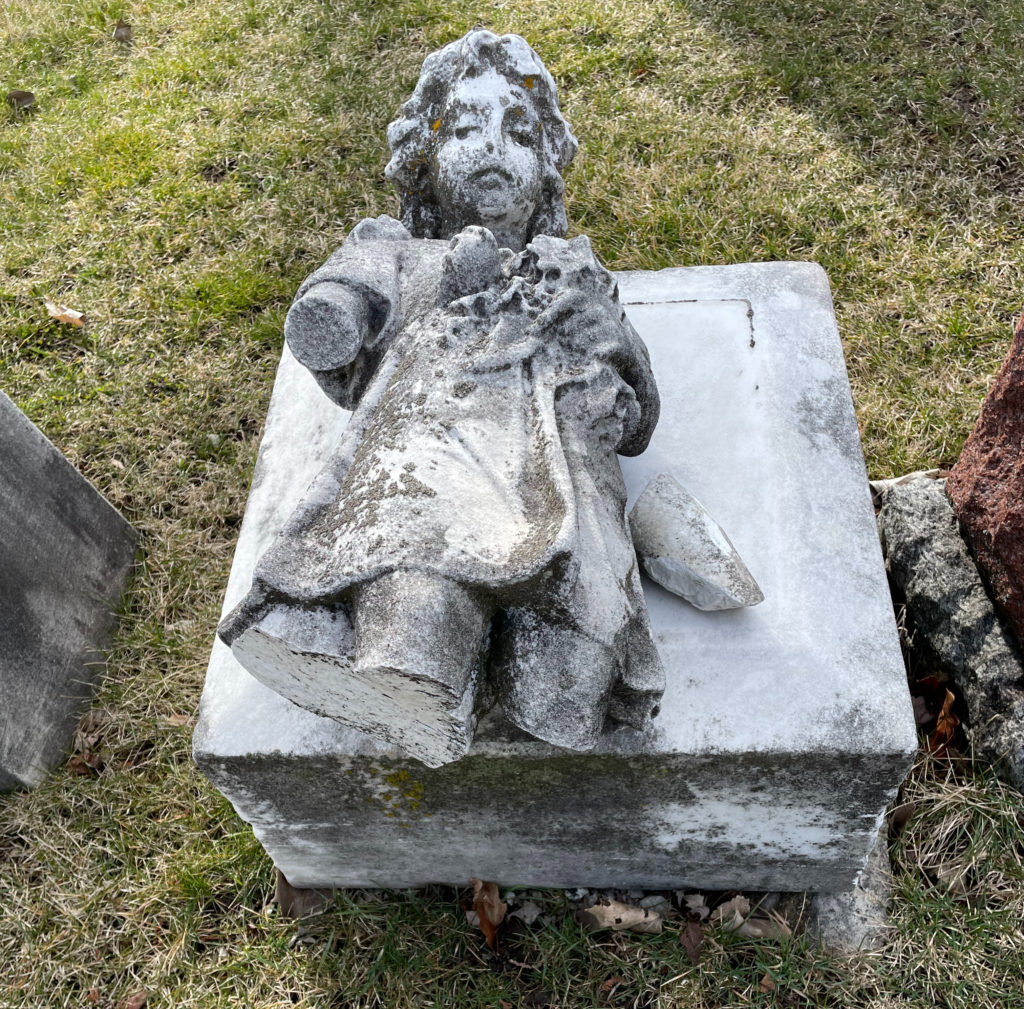This week marks the anniversary of a couple of recent mass shootings: The massacre of innocents in Uvalde, Texas, last year, and the slaughter of transit workers in San Jose two years ago. Naturally there will be coverage of the anniversaries. We’ll revisit the trauma. We’ll hear hopes and prayers that we’ve learned something about how to prevent similar tragedies.
The anniversaries made me think about how many dates mark major mass shootings. I kind of had it in the back of my head that you could make up a calendar of all these episodes where, when you look back just a little way, you could see the hundreds of lives taken, the thousands upon thousands altered forever, at the whim of well-armed strangers. What I had in mind was something like the Roman Catholic calendar of saints’ feast days. Or more darkly, one of those “page-a-day” calendars. This one would be “A Massacre a Day.”
It sounds like fun of the grimly ironic sort, if you don’t think about the people involved. But when I sat down to write down the incidents I recall off the top of my head — starting with one in 1966 and then continuing through those that occurred over the many years I’ve been in newsrooms — there’s little irony and no fun involved. The most sobering thing is that there have been so many of these mass killings in recent years that each new one seems to be making less of an impression.
Here’s the list, in calendar order — 36 separate dates (which, just. to be clear, I had to look up). I suppose the really grim thing about this is that if you searched a little and went beyond the most notorious recent and historic incidents, you’d probably have no problem filling up a 365-day calendar.
- January 7, 1989. Stockton, California. Grade school. 6 killed, 32 injured.
- January 21, 2023: Monterey Park, California: Dance club. 12 killed, 9 injured.
- February 14, 2008: De Kalb, Illinois. College. 6 killed, 21 injured.
- February 14, 2018: Parkland, Florida. High school. 17 killed, 17 injured.
- March 22, 2021: Boulder, Colorado. Supermarket. 10 killed, 2 injured.
- March 27, 2023: Nashville, Tennessee. Grade school. 7 killed, 1 injured.
- April 2, 2012: Oakland, California. College. 7 killed, 3 injured.
- April 3, 2009: Binghamton, New York. Immigration center. 14 killed, 4 injured.
- April 3, 2022: Sacramento, California. Nightclub district. 6 killed, 12 injured.
- April 10, 2023: Louisville, Kentucky: Bank. 6 killed, 8 injured.
- April 15, 2021: Indianapolis, Indiana. Fed Ex facility. 9 killed, 7 injured.
- April 16, 2007: Blacksburg, Virginia. College. 32 killed, 23 injured.
- April 20, 1999: Littleton, Colorado. High school. 15 killed, 24 injured.
- May 6, 2023: Allen, Texas. Outdoor mall. 9 killed, 7 injured.
- May 14, 2022: Buffalo, New York. Supermarket. 10 killed, 3 injured.
- May 18, 2018: Santa Fe, Texas. High school 10 killed, 14 injured.
- May 24, 2022: Uvalde, Texas. Grade school. 22 killed, 18 injured.
- May 26, 2021: San Jose, California. Transit facility. 10 killed.
- May 31, 2019: Virginia Beach, Virginia. Municipal building. 13 killed, 4 injured.
- June 12, 2016: Orlando, Florida. NIghtclub. 49 killed, 53 injured.
- June 17, 2015: Charleston, South Carolina. Church. 9 killed, 1 injured.
- July 1, 1993. San Francisco, California. Law office. 9 killed, 6 injured.
- July 4, 2022: Highland Park, Illinois. Parade route. 7 killed.
- July 18, 1984: San Ysidro, California. Restaurant. 23 killed, 19 injured.
- July 20, 2012: Aurora, Colorado. Movie theater. 12 killed, 70 injured.
- August 1, 1966: Austin, Texas. College campus. 18 killed, 35 injured.
- August 3, 2019: El Paso, Texas. Walmart store. 23 killed, 23 injured.
- August 4, 2019: Dayton, Ohio: Nightclub district. 10 killed, 27 injured.
- August 20, 1986: Edmond, Oklahoma. Post office. 15 killed, 6 injured.
- September 6, 1949: Camden, New Jersey. Neighborhood. 13 killed, 3 injured.
- September 16, 2013: Washington, D.C. Navy facility. 13 killed, 8 injured.
- October 1, 2017: Las Vegas, Nevada. Music festival. 60 killed, 400+ injured.
- October 16, 1991: Killeen, Texas. Restaurant. 24 killed, 27 injured.
- October 27, 2018: Pittsburgh, Pennsylvania. Synagogue. 11 killed, 7 injured.
- November 5, 2009: Fort Hood, Texas. Army base. 14 killed, 33 injured.
- November 5, 2017: Sutherland Springs, Texas. Church. 27 killed, 22 injured.
- November 7, 2018: Thousand Oaks, California. Nightclub. 13 killed, 16 injured.
- December 2, 2014: San Bernardino, California. Municipal building. 16 killed, 24 injured.
- December 14, 2012: Newtown, Connecticut. Grade school. 28 killed, 2 injured.

